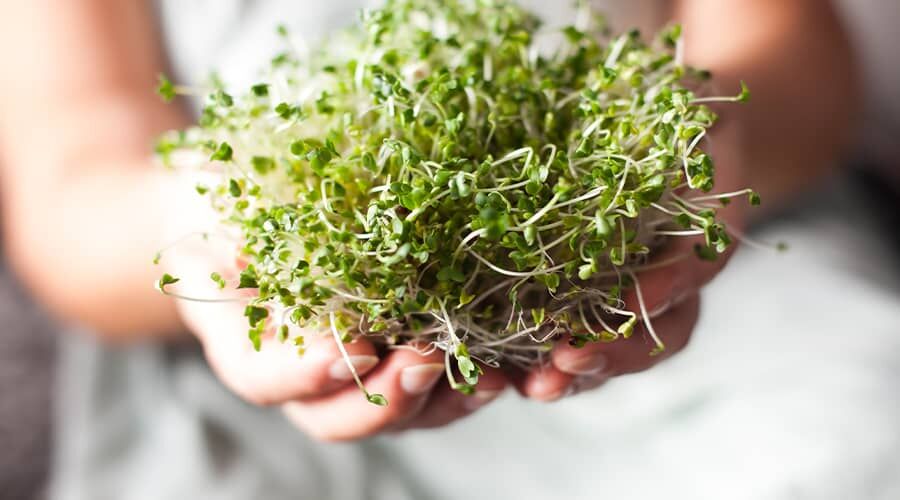
Sprouts are generally one of the healthiest foods.
Getting them can often be a problem, but we can try our hand at producing them.
Germination step-by-step
Soaking: rinse the chemical-free seeds first, then soak them. Soak oilseeds for 1 day, grains for 12 hours, and tiny seeds for 4-8 hours to allow them to sprout.
Sprouting: you can buy cheap plastic or clay sprouting pots at health food shops, but you can also sprout in a simple plate. Spread the seeds thinly on different levels of the special dish, and put water in the bottom bowl. Put the whole thing in a warm spot (20-22 C) in the kitchen and leave the rest to nature. If you are spreading the seeds on a plain bowl, cover it with a padded linen cloth and keep it moist at all times. After the third day of germination, you won’t even need the canvas.
Regular rinsing: it’s a good idea to rinse the sprouted seeds a little under running water in the morning and evening, and to replace the water in the bottom bowl. This will help to avoid possible mould growth. After 3-4 days you can eat the sprouts.
The tastiest little things
Wheat germ: The best remedy for high blood pressure, it cleanses the liver, eliminates inflammation in the body, kills bacteria and stimulates digestion. It is delicious with both long and short sprouts and mixes well in salads with other greens.
Alfalfa sprouts: excellent for regulating the body’s cholesterol levels and preventing the deposition of blood fat in the blood vessel walls. Reduces joint inflammation and rheumatic pain. It is a must for women because of its B12 content, which can reduce anaemia.
Radish: One of the best natural antibiotics during the winter sick season, it is used to relieve nasal congestion and colds. A great detoxifier, it can even remove small kidney and gallstones from the body. The taste is slightly pungent, so it is best eaten mixed with other sprouts.

